Melbourne, Australia
Australian philanthropy’s work alongside indigenous people can serve as an example of respectful relationships.
At its best, philanthropy challenges the prevailing culture and expectations in societies around the world. When so much of our societies’ focus is on accumulating more money, philanthropy focuses on giving money to others to address societal challenges.
For that reason, philanthropy truly is something to be actively celebrated and passionately encouraged.
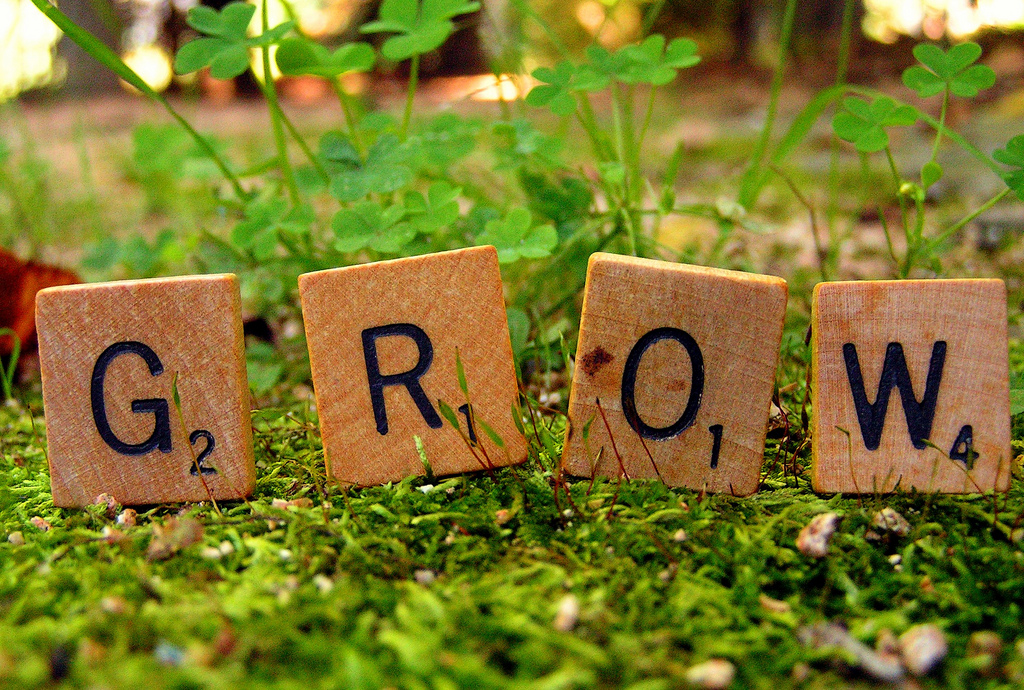 It’s the reason why organisations such as Philanthropy Australia, for whom I work, are focused on growing philanthropy and inspiring more people to think about using private wealth for public good.
It’s the reason why organisations such as Philanthropy Australia, for whom I work, are focused on growing philanthropy and inspiring more people to think about using private wealth for public good.
But philanthropy is also a source of power, and there is an inherent power imbalance between wealthy people and foundations who make decisions about how funds are distributed, and grantseekers who depend on those funds.
As Stanford political scientist Rob Reich pointed out on a visit to Australia earlier this year, as a source of power, philanthropy deserves not just society’s gratitude, but also its scrutiny. Reich’s comments were directed at philanthropy’s role in liberal democracy, but it’s fair to say that they apply more broadly to the conduct of philanthropy itself.
As I’ve previously argued, how philanthropy exercises its power impacts upon its legitimacy. Legitimacy is critical to philanthropy.
If philanthropy is not seen to be contributing to the common good, it will lose that legitimacy. In such situations, philanthropy’s effectiveness could be considerably diminished, and in some cases it could become completely ineffectual.
If a significant portion of the broader community, or a particular community, does not view philanthropy as contributing to the common good, that actually means philanthropy will stop being philanthropy.
Philanthropy needs a Social License to Operate
I advocate using the concept of ‘Social License to Operate’ (SLO) as a prism through which to view philanthropy’s legitimacy. In the past, SLO has generally been confined to questions about the legitimacy of activities and organisations within the private sector.
 It refers to the level of acceptance or approval continually granted to an organisation’s operations or projects by the community and other stakeholders.
It refers to the level of acceptance or approval continually granted to an organisation’s operations or projects by the community and other stakeholders.
Different levels of SLO are illustrated in the diagram opposite.
Philanthropy has tended to focus on so called ‘output legitimacy’ – seeking to derive legitimacy from the impact of its grantmaking. But social impact is necessary but not sufficient for philanthropy’s legitimacy. The concept of SLO recognises that the needs to focus on ‘input legitimacy’ – the relationships and processes that shape philanthropic decision-making and therefore define its outputs.
That requires philanthropy to reflect on imbalances of power in the relationships between funder and grantee.
In US philanthropy circles, there is a growing focus on ‘participatory grantmaking’ as a way of addressing these imbalances. For example, in a recent report on the topic, the Ford Foundation commented that ‘… if philanthropic decision-makers do not have sufficient connection or access to the lived experience of the people we seek to benefit, the quality of our decision-making will suffer and our impact and legitimacy will be lessened.’
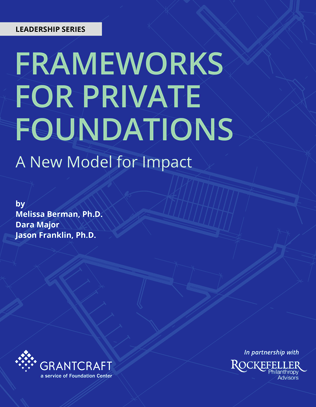
The June 2017 report by GrantCraft and Rockefeller Philanthropy Advisors discussed philanthropy and society’s ‘social compact’.
Another report by GrantCraft and Rockefeller Philanthropy Advisors devoted a section to the topic of philanthropy and society’s ‘social compact’.
But it’s difficult to assess how widespread this willingness to reflect is, and I worry that it’s perhaps limited to elite debates in philanthropy among people with the time and resources to think about this issue.
In Australia, no legitimacy without respectful relationships
So how are we doing in terms of building philanthropy’s SLO in Australia?
In recent years, there have been concerted efforts to cultivate respectful relationships between philanthropy and indigenous peoples, organisations and communities. Although the work is still in its early stages, it provides an excellent example of putting SLO into action.
Since the beginning of European settlement in Australia, indigenous peoples have experienced oppression, initially by the colonial government. After Australia became a commonwealth in 1901, the Australian government authorities at all levels were responsible for abuses of power.
Although there has been some progress in recent years, the ‘dominant power dynamic’ still manifests itself in terms of how governing institutions engage with indigenous peoples. Governments are rightly criticised for doing things ‘to’ and not ‘with’ indigenous peoples.
This criticism can be levelled at philanthropy as well.
According to Genevieve Timmons, philanthropy executive at Portland House Foundation, a family foundation based in Melbourne, things are improving but there is more work to be done:
‘In the last 40 years, philanthropy has become more visible and organised in Australia. With this emergence of a sector or industry, has come the recognition that we need more diversity among decision-makers and thought leaders if our money is to be effectively used. We also know that progress is most likely where people lead their own advancement, and this is never so true when it comes to working with indigenous leaders.’
‘There are many well-meaning people in philanthropy who want to support indigenous leadership and to advance indigenous communities. But we don’t know what we don’t know. The challenge is to listen to what we are being told by indigenous leaders who are now active in the philanthropy sector, to support and follow their lead as peers and partners, and recruit more diversity so that wise and relevant decisions are made with philanthropic dollars.’
In this context, work has been taking place to encourage and promote ‘Respectful Relationships’ between philanthropy and indigenous organisations, peoples and communities.
The Woor Dungin organisation has had a leadership role, convening a Respectful Relationships working group consisting of people from philanthropy working alongside indigenous people.
Together with the Fellowship for Indigenous Leadership, they presented a session at Philanthropy Australia’s 2016 National Conference on the topic of Respectful Relationships, called ‘Right Way, Wrong Way, Which Way’, and collaborated on a webinar version of the session.
Woor Dungin also presented a session at the International Funders for Indigenous Peoples Pacific Regional Hui in May 2016.
Respectful Relationships is about understanding indigenous culture, and what the differences between European and indigenous culture mean for philanthropy.
It is about addressing the power imbalance between philanthropy and indigenous organisations, and ensuring that philanthropy meets the needs and expectations of those organisations and communities, rather than merely reflecting the perceptions and preferences of philanthropy.
According to Peter Aldenhoven, a descendant of the Nughi clan of the Quandamooka peoples of Moreton Bay, Queensland, who is the president of Willum Warrain Aboriginal Association and a Woor Dungin member:
‘Often indigenous community organisations feel that philanthropy, with its stringent guidelines and narrow priorities, fails to appreciate our needs. What is distinctive about indigenous community organisations is that we carry the dreams of our community with us, part of the interminable trajectory of our ancestors. We also have collective decision-making processes which don’t easily conform to mainstream (non-indigenous) timelines.’

‘How can philanthropy walk with us?’ session at International Funder for Indigenous People’s Pacific Regional Hui, May 2017. Photo credit: Woor Dungin.
Walk with us
In his contribution to the session at the 2016 Philanthropy Australia National Conference, Peter asked philanthropy similarly to ‘walk with us, not over us, and respect our autonomy’ – a succinct summary of what Respectful Relationships is about.
But we still confront examples where philanthropy just isn’t walking with indigenous organisations, but is instead walking apart from them and not respecting their autonomy.
Take the following example of what not to do:
| The board of an indigenous organisation was offered funding by a philanthropic organisation – they asked what the indigenous organisation wanted and a priority list was provided to them listing particular options and associated costs.
The philanthropic organisation selected one option from the list and stated that they wanted to fund it. When the indigenous organisation took the proposal to a community forum for ratification, community did not want the philanthropic organisation’s preferred option. When an alternative option was taken back to the philanthropic organisation, they said that the organisation couldn’t change its mind and withdrew the offer of funding. |
Respectful Relationships is an excellent case study of putting the concept of philanthropy’s SLO into action because it seeks to have a conversation about what will make philanthropy legitimate in the eyes of indigenous organisations, peoples and communities, and in doing so change the approach of philanthropy when partnering with indigenous organisations.

‘How can philanthropy walk with us?’ session at International Funder for Indigenous People’s Pacific Regional Hui, May 2017. Photo credit: Woor Dungin.
Ultimately, this will lead to a deeper and more trusting relationship, with better outcomes for all involved.
One of the key messages from the Respectful Relationships initiative so far has been that successful, enduring, respectful relationships with indigenous community controlled organisations can be achieved through ‘deep listening’, transparency, flexibility and reciprocity – and avoiding the situation described above.
Here are some suggestions about what can be done:
| • Employ indigenous staff in philanthropy; recruit indigenous people to your Boards • Invest in your local indigenous community • Make sure all projects you fund are indigenous-designed, led or controlled • Be prepared to be flexible with grant guidelines and time frames • Make sure your websites are culturally respectful • Trial small grants then upscale once two-way trust is established • Invest in mutual capacity-building: get your staff to visit indigenous communities and support their community leaders and staff; ask them to provide cross-cultural training for your grants managers, staff and boards • Evaluate your own funding experiences with indigenous organisations and reflect on success stories • Use your networking power for the benefit of indigenous communities • Walk beside us |
This work will continue into 2018, with Woor Dungin and the Fellowship for Indigenous Leadership planning to develop guiding principles for philanthropic funders.
It will be led by indigenous people, working in partnership with people from the philanthropic sector.
As we go into 2018, my hope is to continue and deepen conversations about how philanthropy can more effectively address the power imbalance between grantmakers and grantseekers and apply what we learn to other cause areas as well.
–
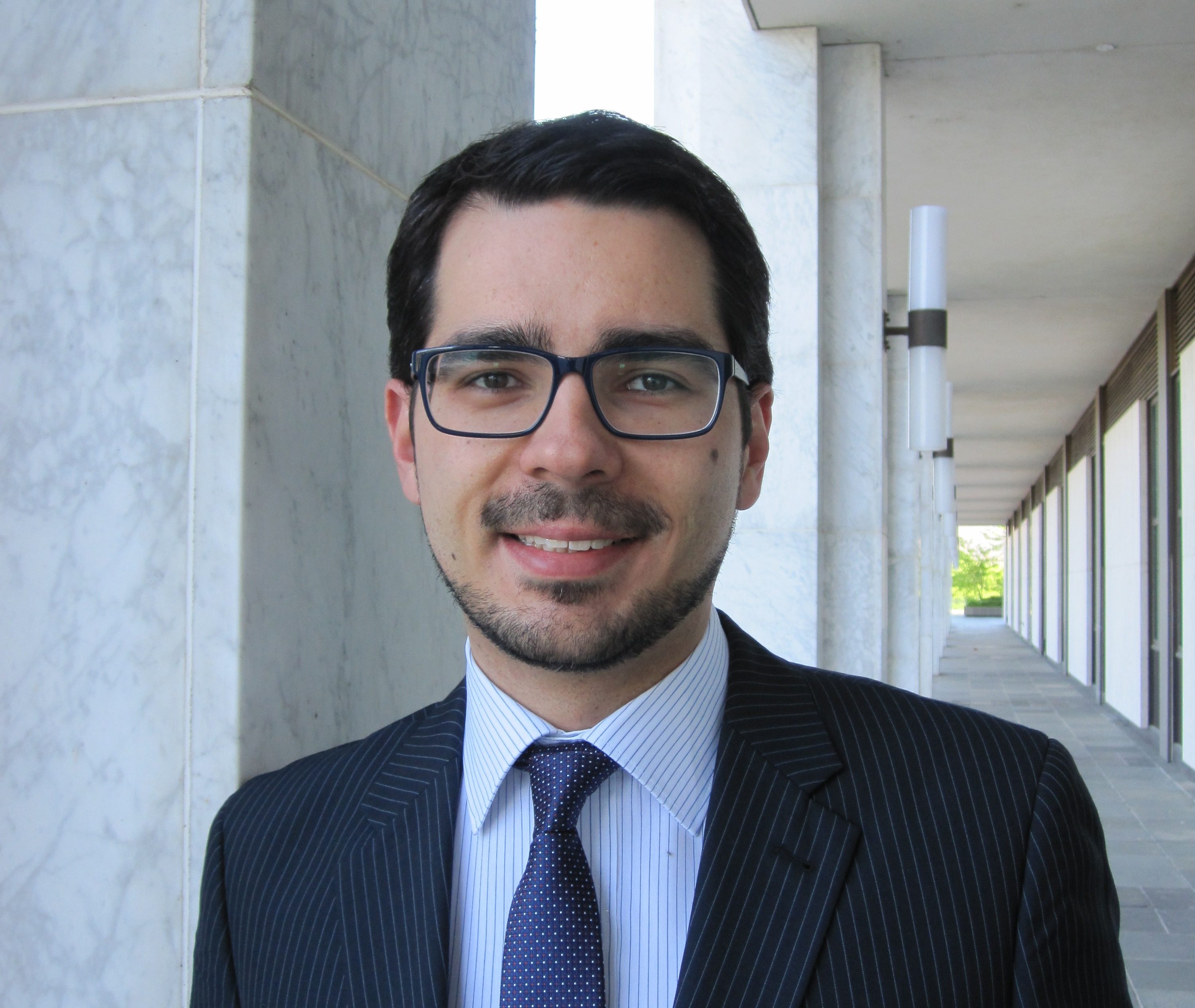 Krystian Seibert leads on advocacy for Philanthropy Australia, the peak body for the philanthropic sector in Australia. He is an advocate for the vital role philanthropy plays as a partner in delivering social and environmental change. He is an Adjunct Industry Fellow at the Centre for Social Impact at Swinburne University of Technology, where he teaches strategic philanthropy and grantmaking. Krystian was previously an adviser to a former Assistant Treasurer (Assistant Finance Minister) in the Australian Government, where he oversaw the delivery of major not-for-profit sector reforms such as the establishment of the Australian Charities and Not-for-profits Commission and the introduction of Australia’s first comprehensive statutory definition of charity, the Charities Act 2013.
Krystian Seibert leads on advocacy for Philanthropy Australia, the peak body for the philanthropic sector in Australia. He is an advocate for the vital role philanthropy plays as a partner in delivering social and environmental change. He is an Adjunct Industry Fellow at the Centre for Social Impact at Swinburne University of Technology, where he teaches strategic philanthropy and grantmaking. Krystian was previously an adviser to a former Assistant Treasurer (Assistant Finance Minister) in the Australian Government, where he oversaw the delivery of major not-for-profit sector reforms such as the establishment of the Australian Charities and Not-for-profits Commission and the introduction of Australia’s first comprehensive statutory definition of charity, the Charities Act 2013.
Visit The Philanthropy Thinker for more content from the series.



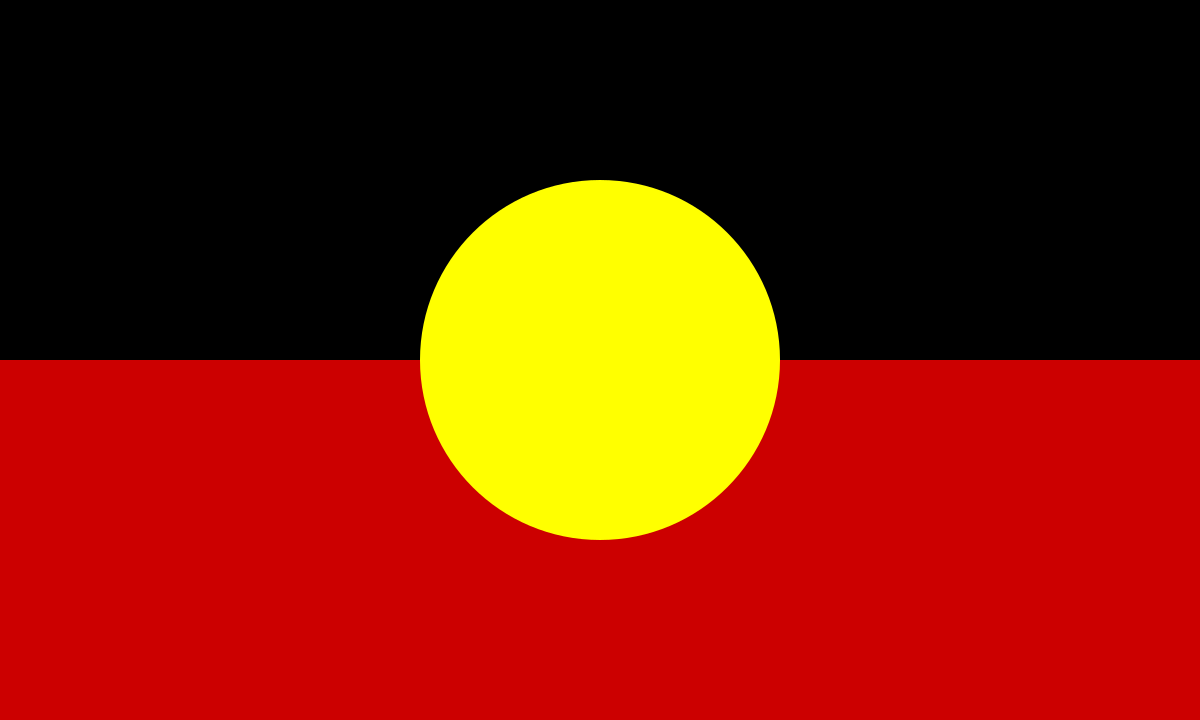
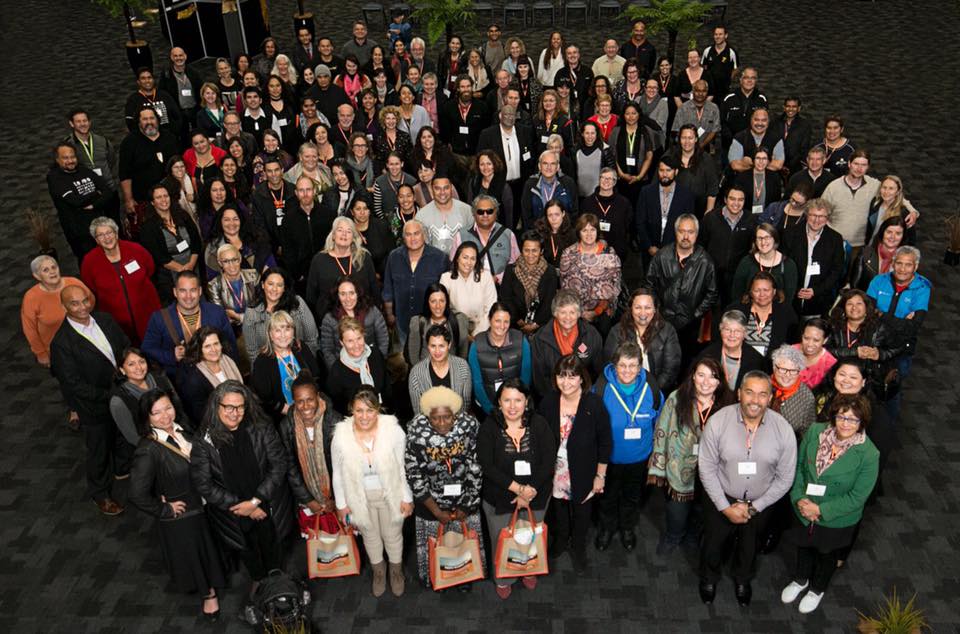





Comments (0)